Rome combines ancient monuments with modern city squares. The city preserves Roman Empire remains alongside Renaissance palaces and Baroque fountains. The Vatican contains major art collections and religious sites. The neighborhoods display Roman traditions and Italian culture.
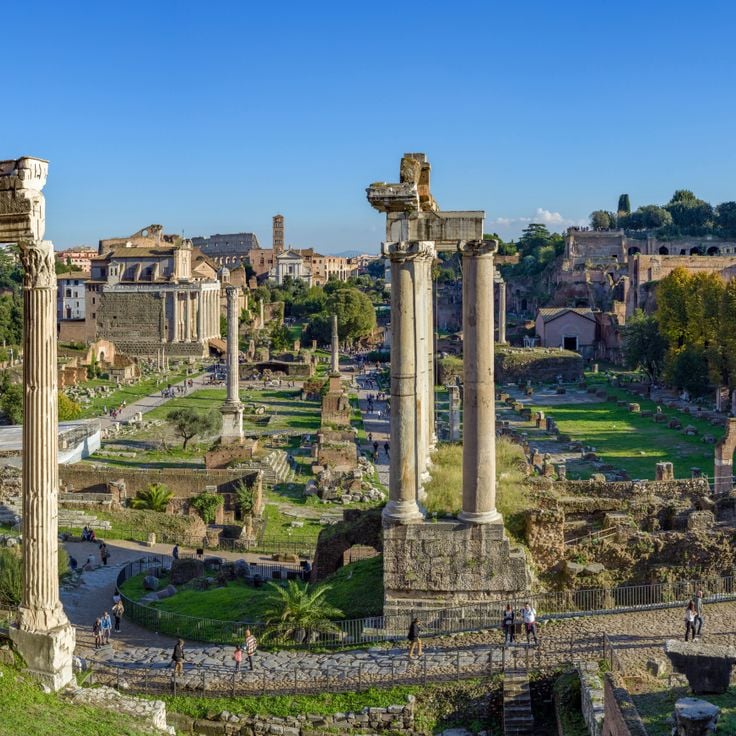
Rome, Italy
Archaeological site with temples, basilicas and government buildings from Roman times situated between Palatine and Capitoline hills.
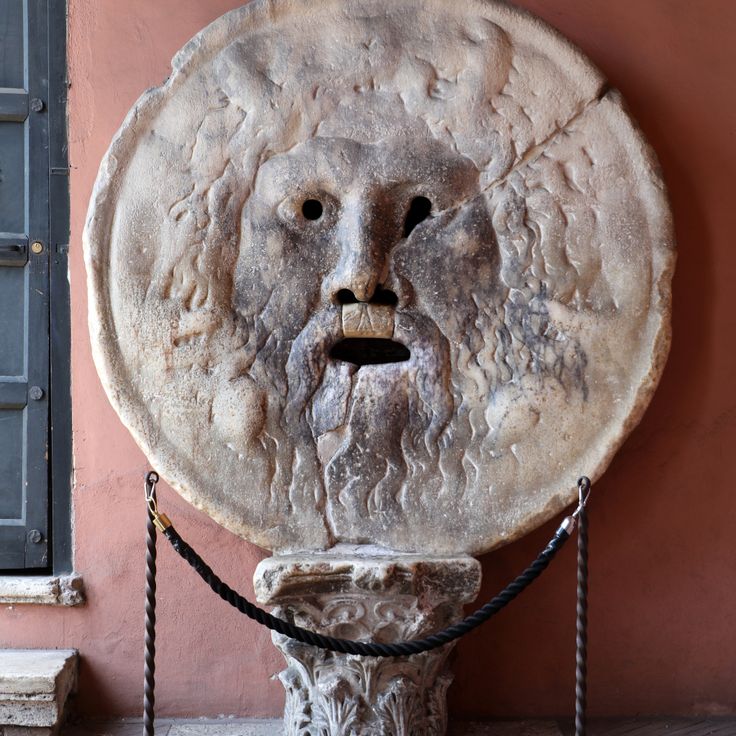
Rome, Italy
Round marble disc with a face from the 1st century, located in the portico of Santa Maria in Cosmedin church.
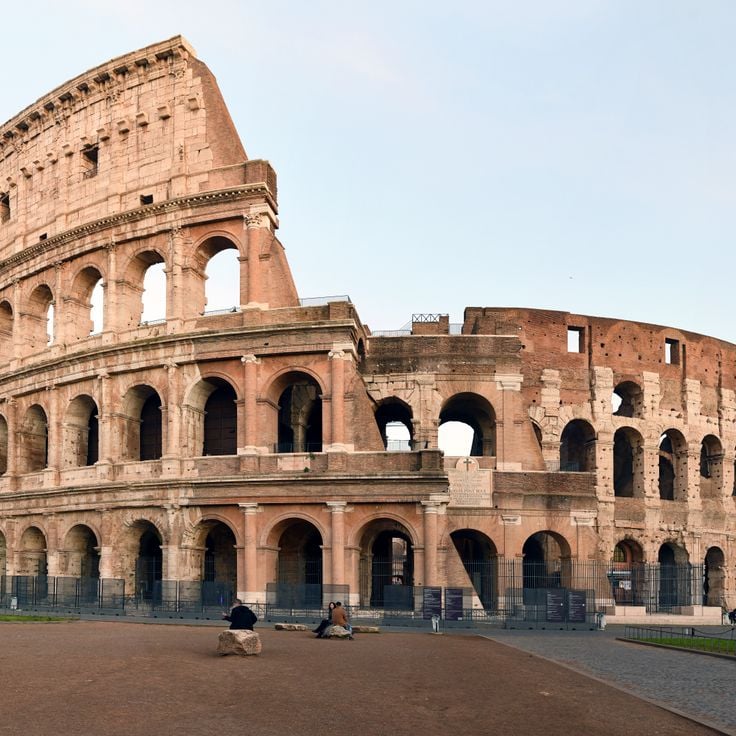
Rome, Italy
Roman amphitheater from the first century with 50,000 seats, four levels and 80 entrances.
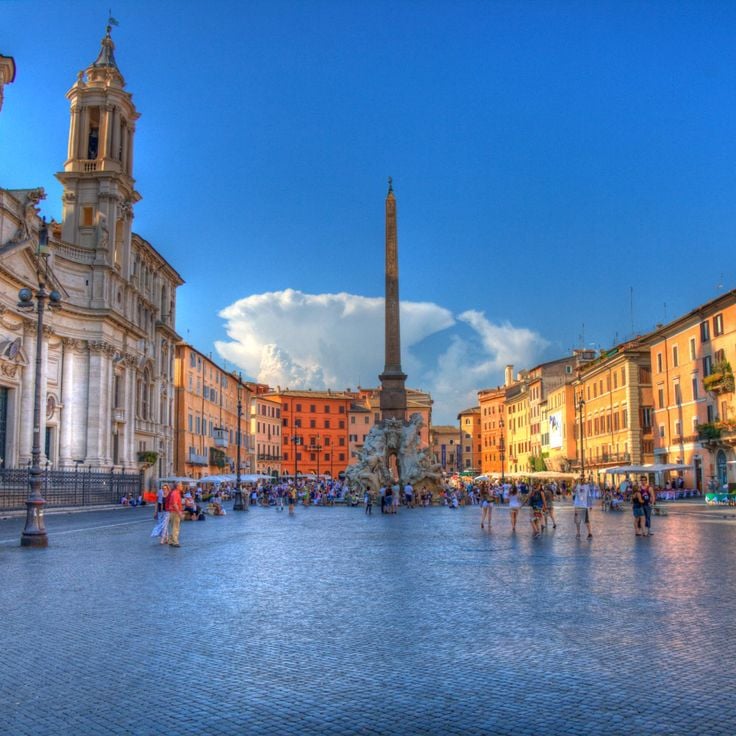
Rome, Italy
Roman square with three fountains: Four Rivers, Neptune and Moor Fountain, surrounded by baroque architecture.
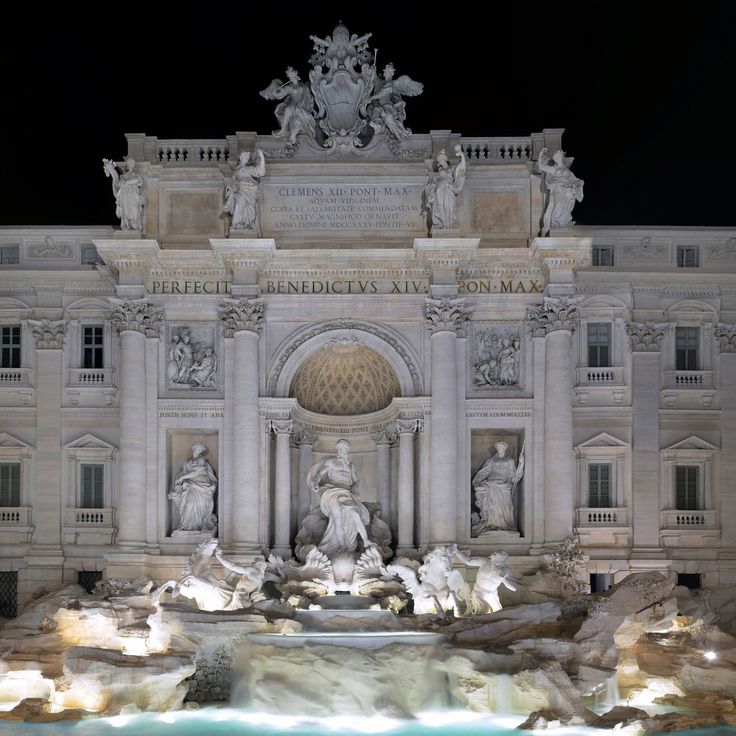
Rome, Italy
Well-known Baroque fountain featuring a statue of Neptune and other intricate details.
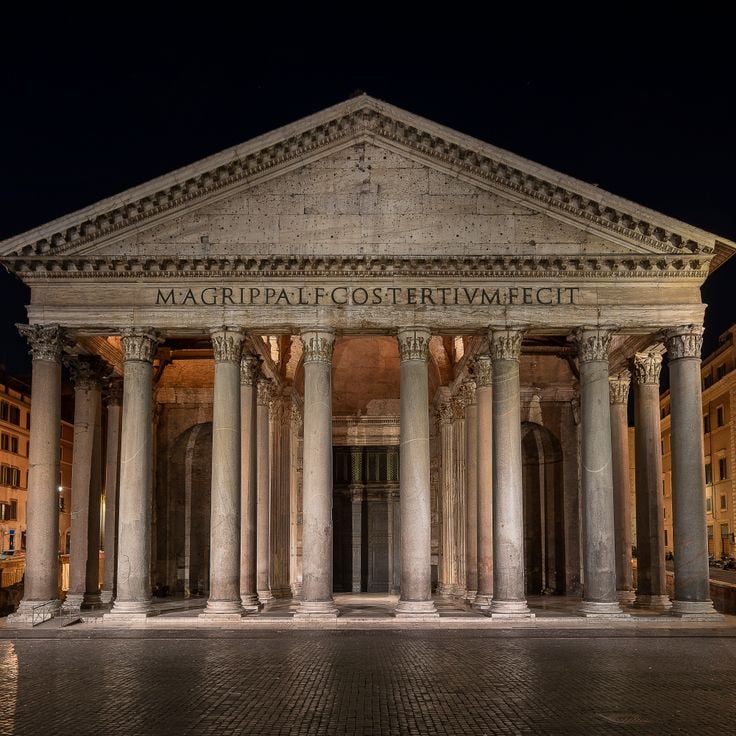
Rome, Italy
An ancient Roman structure known for its architectural design and historical significance.
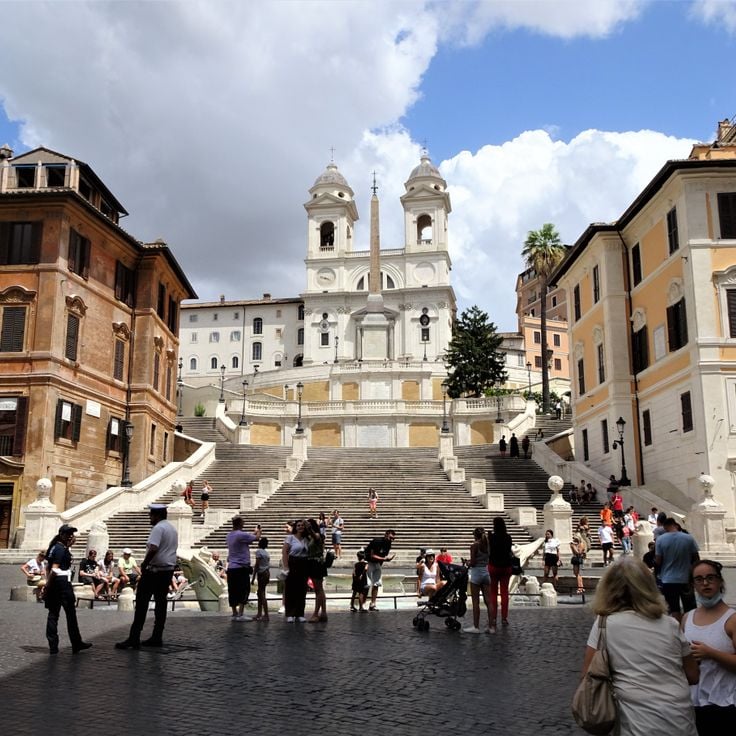
Rome, Italy
A set of steps that ascends a steep incline with buildings lining both sides of the staircase.

Vatican City, Vatican
This papal chapel contains ceiling paintings and the Last Judgment fresco by Michelangelo from the sixteenth century.
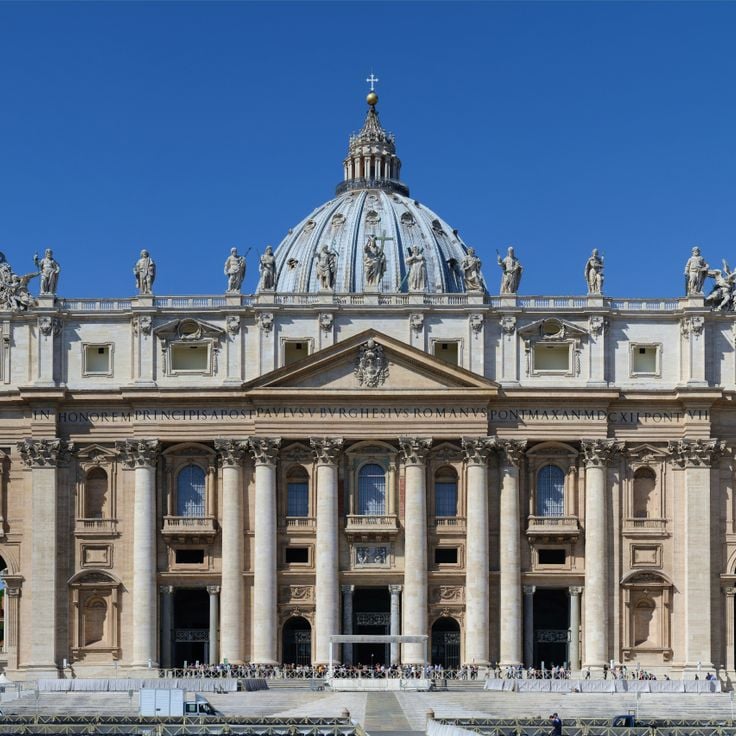
Vatican City, Vatican
The largest church building in the world with dome by Michelangelo and altar above Saint Peter's tomb.
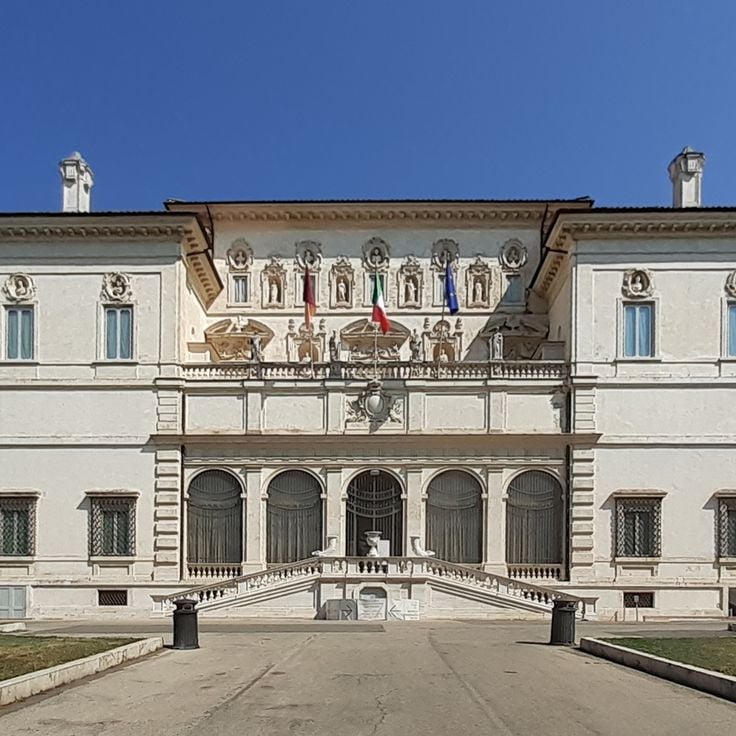
Rome, Italy
Museum housing works by Bernini, Caravaggio and Raphael in a seventeenth century villa within Borghese Park.
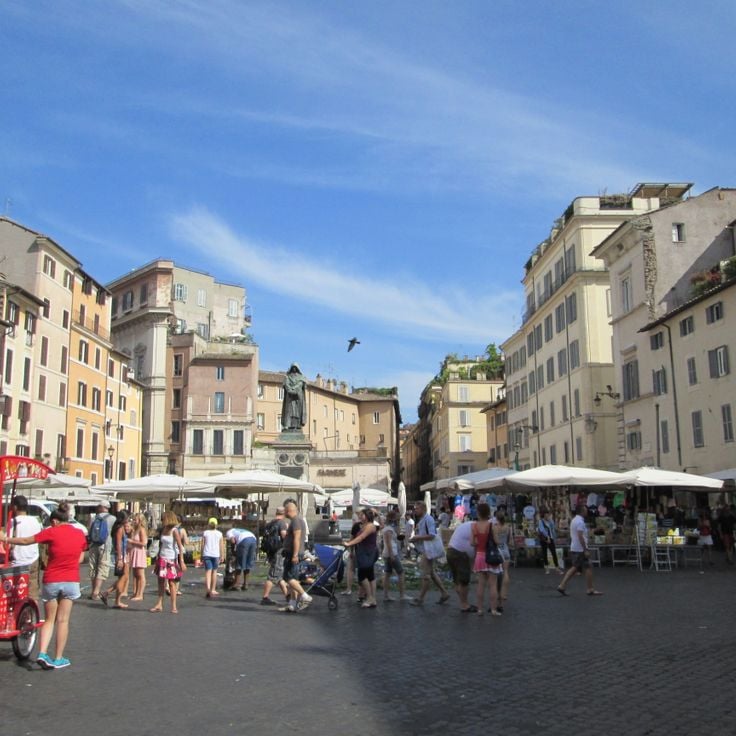
Rome, Italy
A historic square with a daily market selling food, spices and flowers since the nineteenth century.
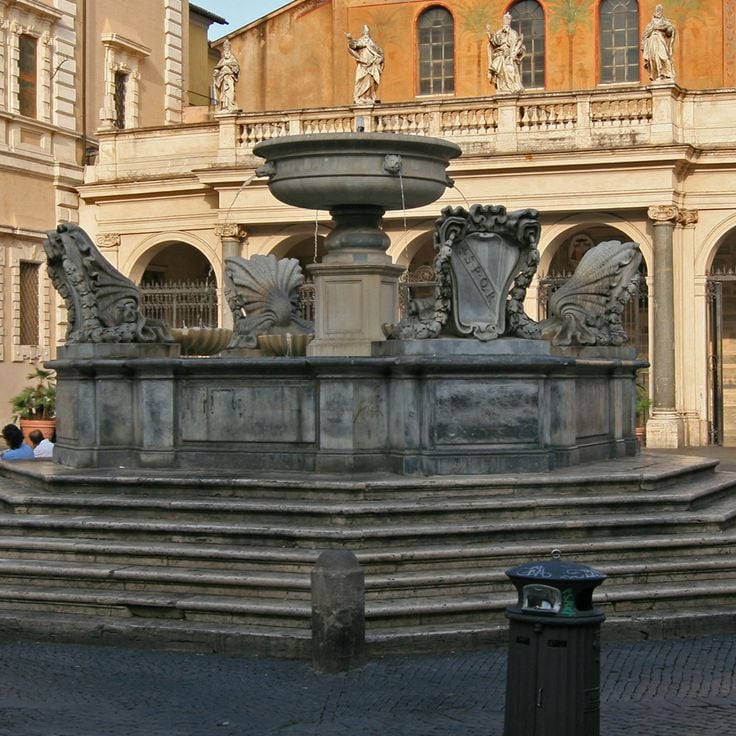
Rome, Italy
The medieval district contains narrow lanes, regional cuisine restaurants and the 12th century Santa Maria Basilica.
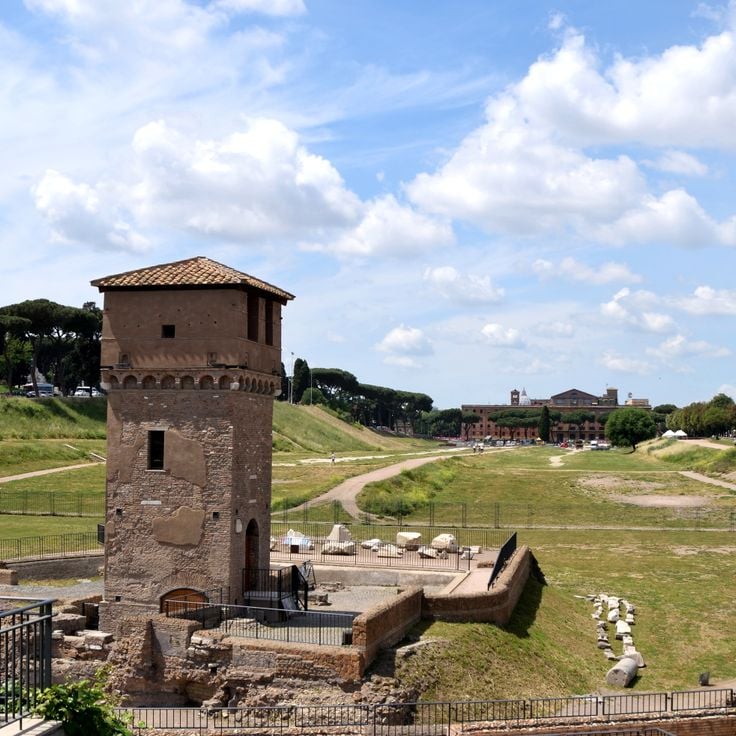
Rome, Italy
The Roman stadium held 250,000 spectators and served as the primary venue for chariot races between the 6th century BC and 6th century AD.
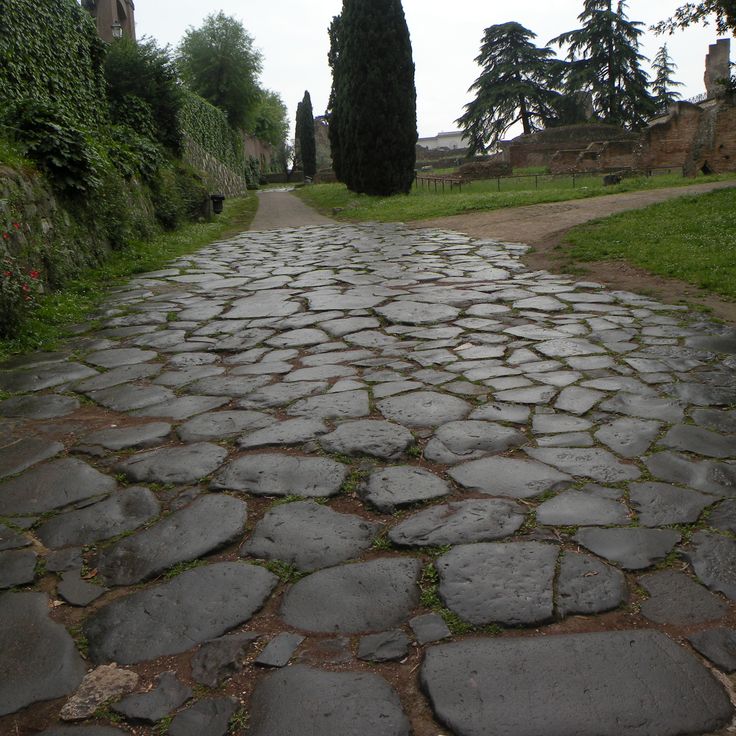
Rome, Italy
The central hill of Rome contains remains of several Roman imperial palaces and archaeological excavations from the Iron Age.
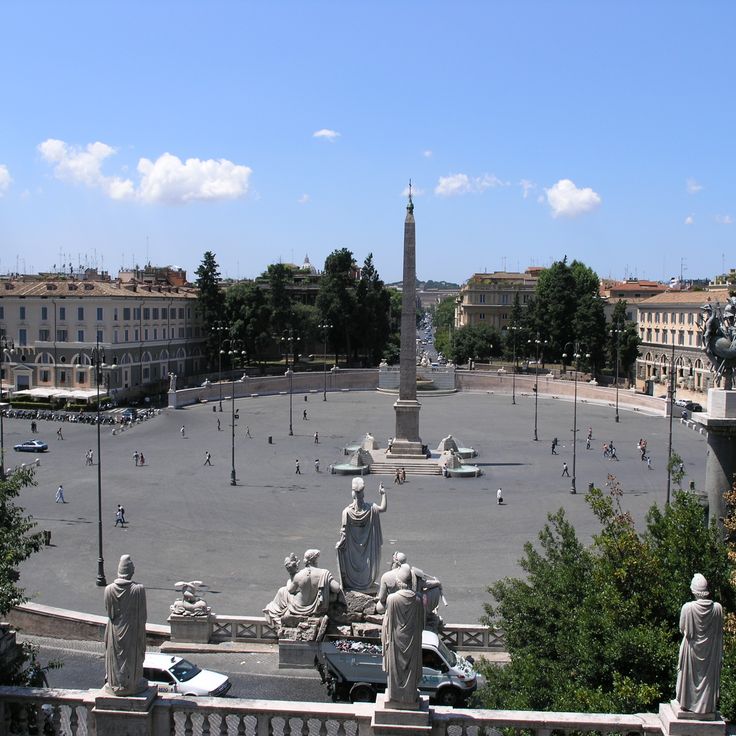
Rome, Italy
The square contains an Egyptian obelisk from the 13th century BC, two baroque churches and the Flaminio gateway arch.

Rome, Italy
This cylindrical castle was built as a mausoleum for Emperor Hadrian and later served as a papal fortress and prison.
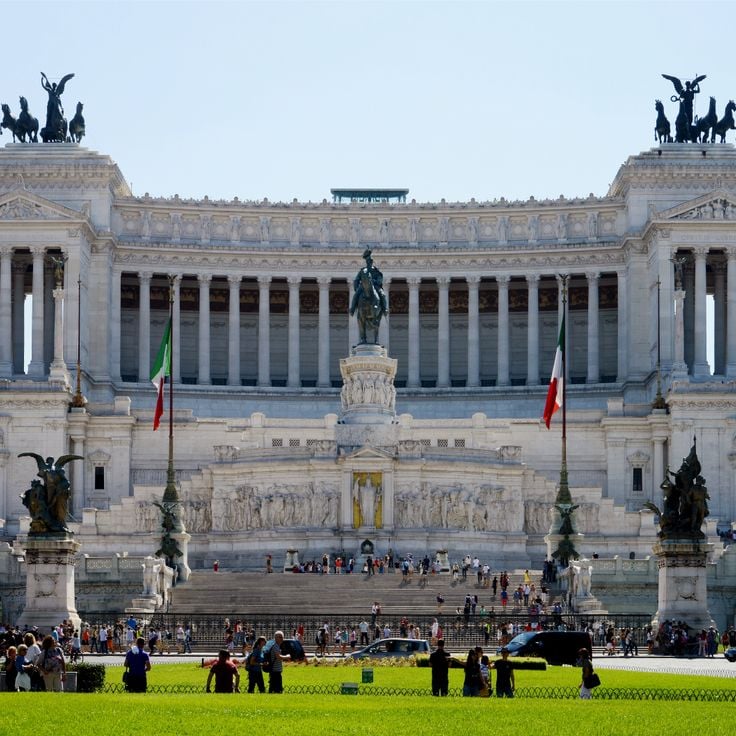
Rome, Italy
The national monument made of white marble was inaugurated in 1911 and contains the tomb of the unknown soldier.
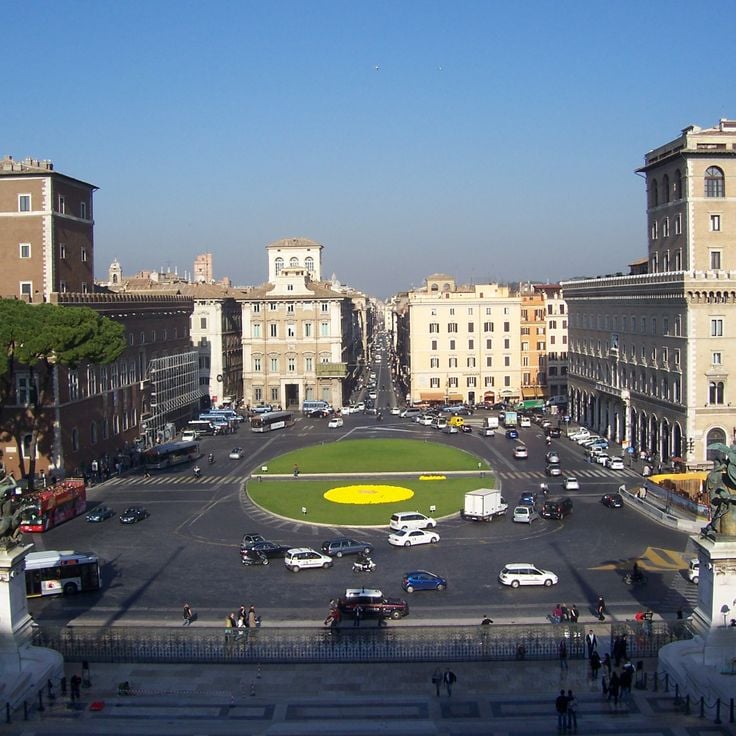
Rome, Italy
The central square connects four major streets and is dominated by Palazzo Venezia and the Victor Emmanuel II National Monument.
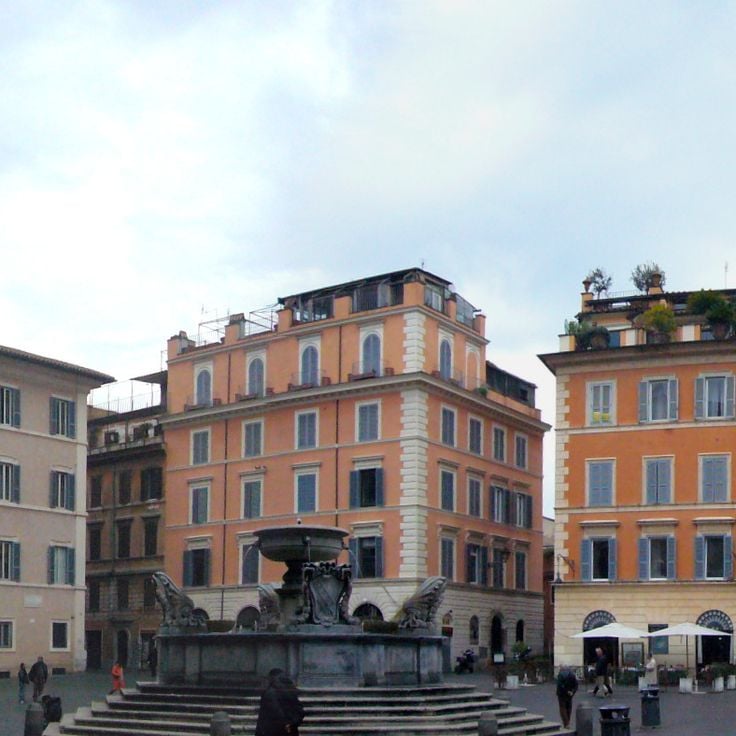
Rome, Italy
The medieval square houses a 12th-century basilica with mosaics and an octagonal fountain from the 17th century.

Rome, Italy
This three-level church contains first-century Roman buildings, a Mithraic temple site and medieval frescoes.

Rome, Italy
A network of tunnels stretching 20 kilometers contains the tombs of 16 popes and many martyrs.

Rome, Italy
From this 82-meter hill, visitors can see the seven hills of Rome and the Vatican.
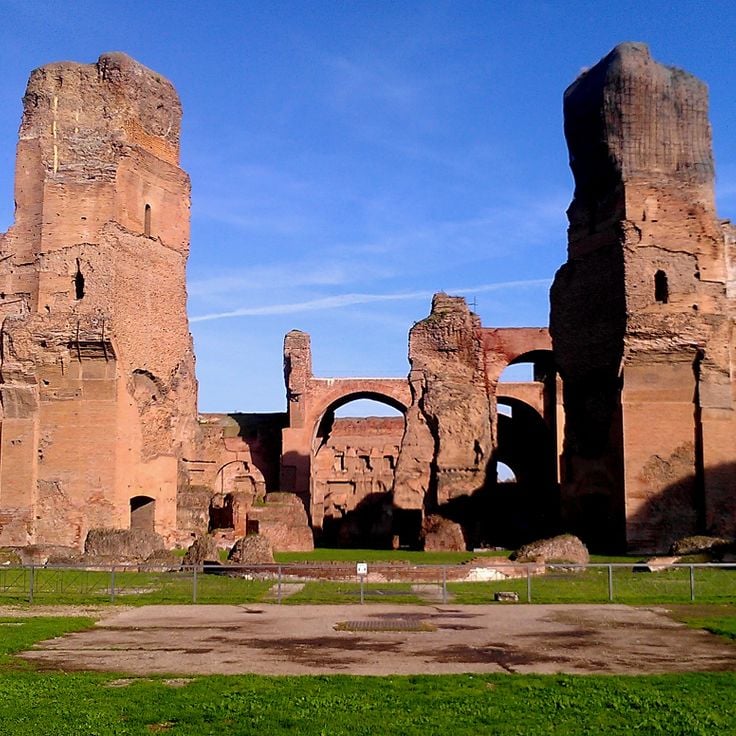
Rome, Italy
These public baths from the 3rd century could accommodate 1600 people daily and covered an area of 25 hectares.
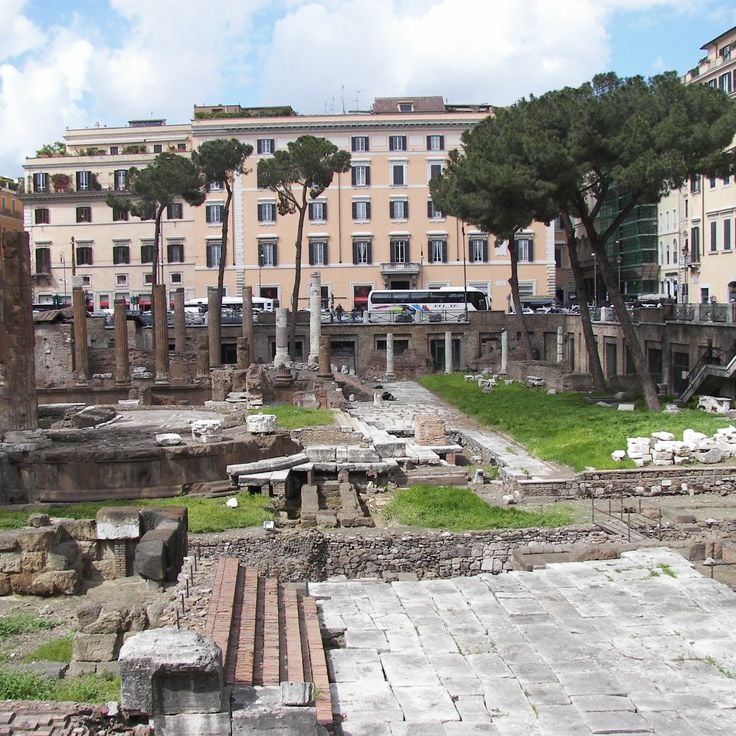
Rome, Italy
Ancient square containing four Republican temples and the foundations of Pompey's Theater from the first century BC.

Rome, Italy
Historical square with an obelisk mounted on an elephant, created by Bernini in the 17th century.
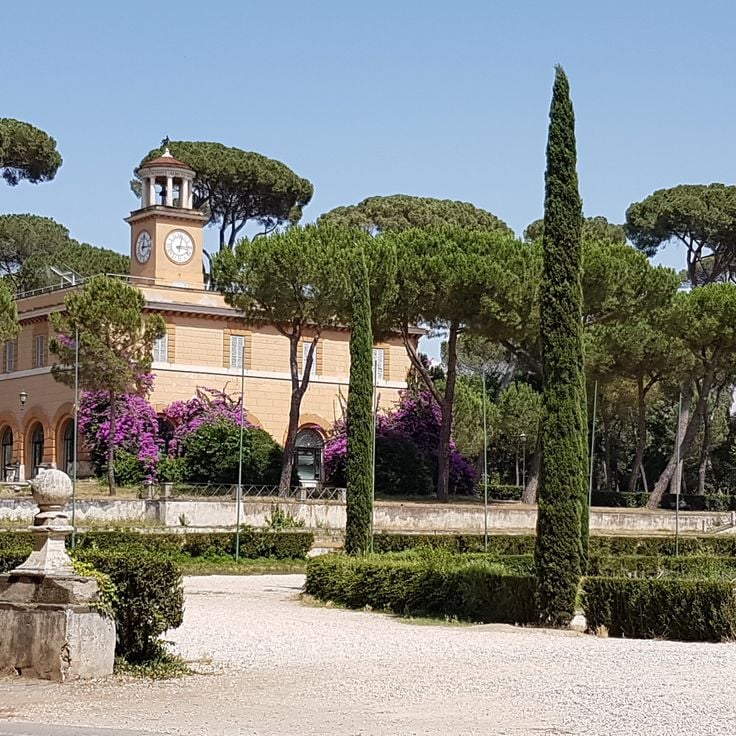
Rome, Italy
Green park spanning 80 hectares containing lakes, statues, museums and the Galleria Borghese.

Rome, Italy
Gothic basilica from the 13th century with blue vaulted ceiling, frescoes and the tomb of Saint Catherine of Siena.
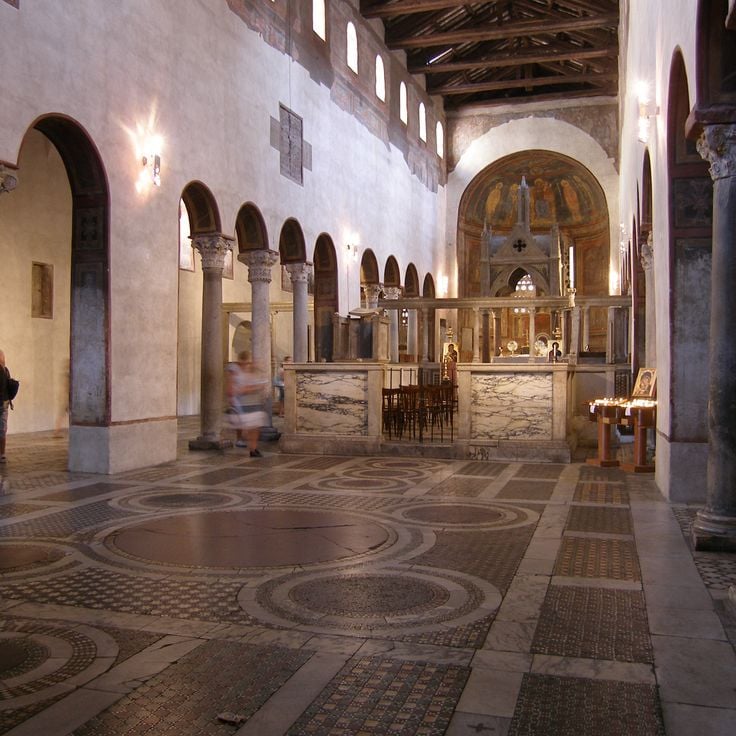
Rome, Italy
This 8th-century basilica houses the ancient stone mask that tests the truthfulness of statements according to legend.
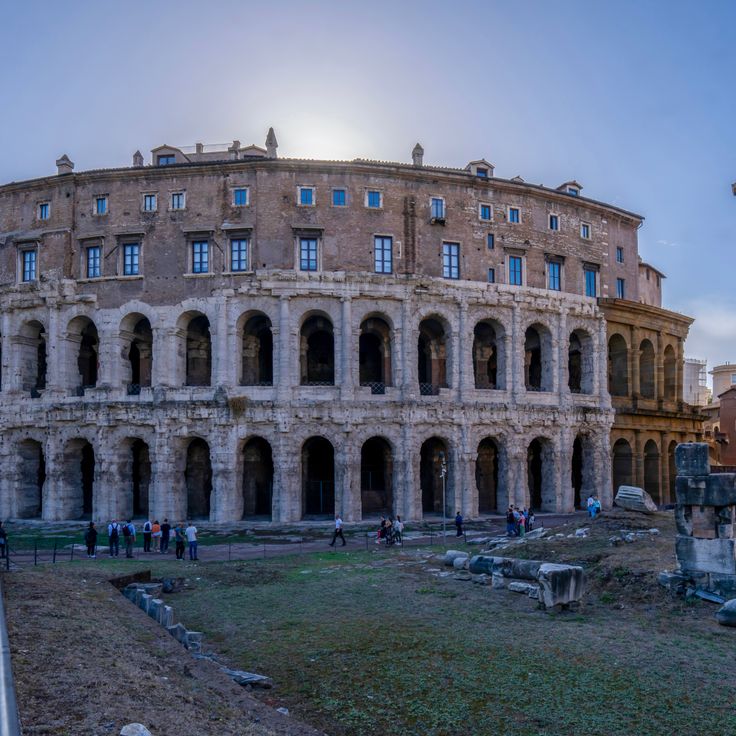
Rome, Italy
Built in 13 BCE, this theater displays Roman architecture with three superimposed orders of columns.
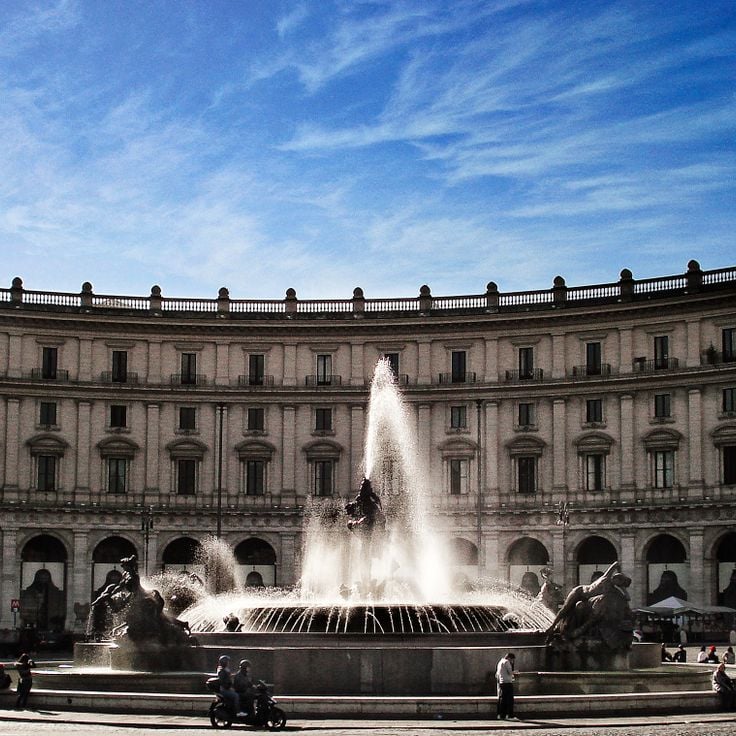
Rome, Italy
Built in 1888, this fountain features four bronze figures spouting water, representing nymphs of different water types.
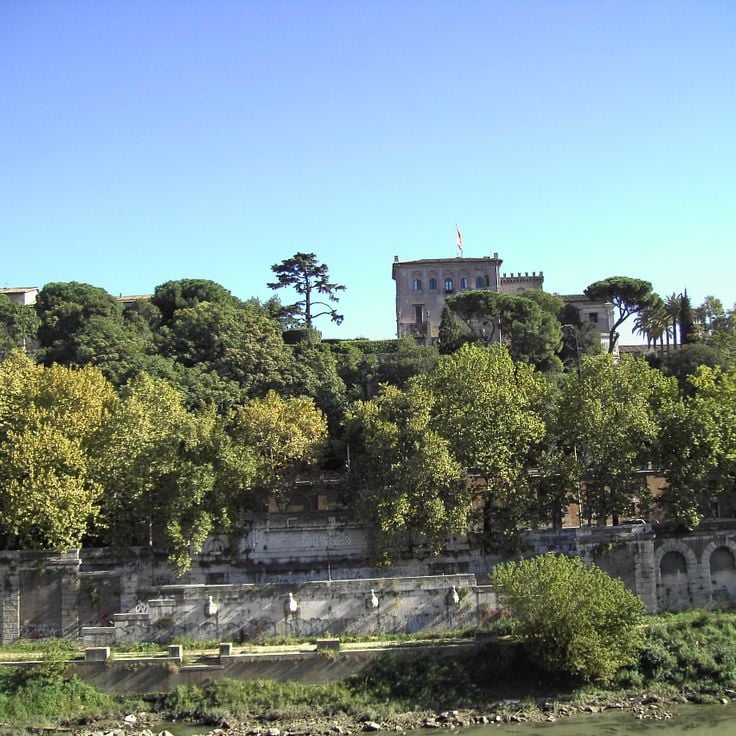
Rome, Italy
The southernmost of Rome's seven hills reaches 47 meters in height and contains several churches.
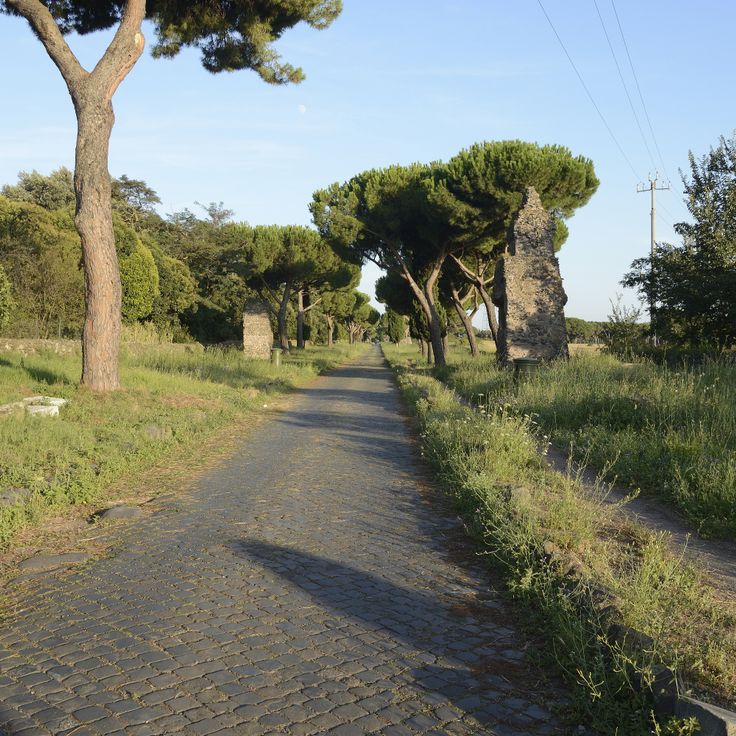
Rome, Italy
This Roman road from 312 BC extends 540 kilometers from Rome to Brindisi with original stone pavement sections.
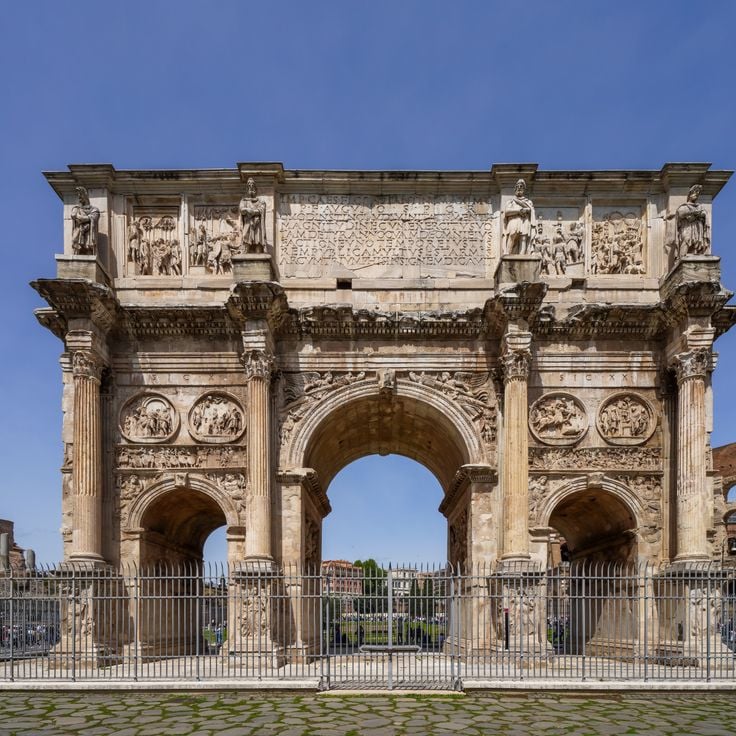
Rome, Italy
Roman triumphal arch from 315 AD, standing 21 meters tall and decorated with reliefs from different periods.
